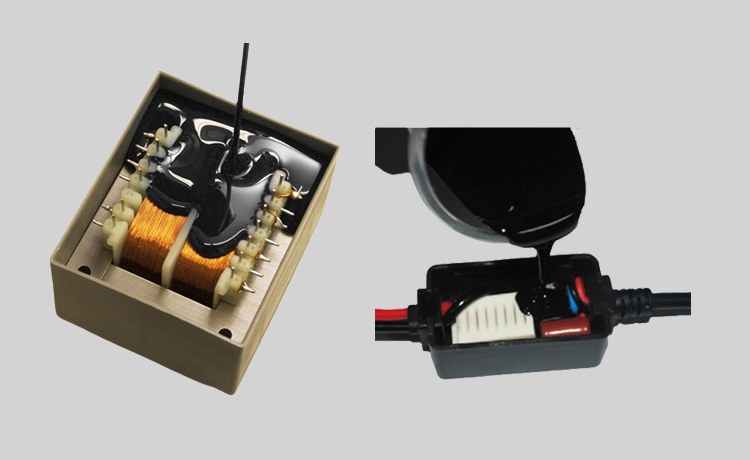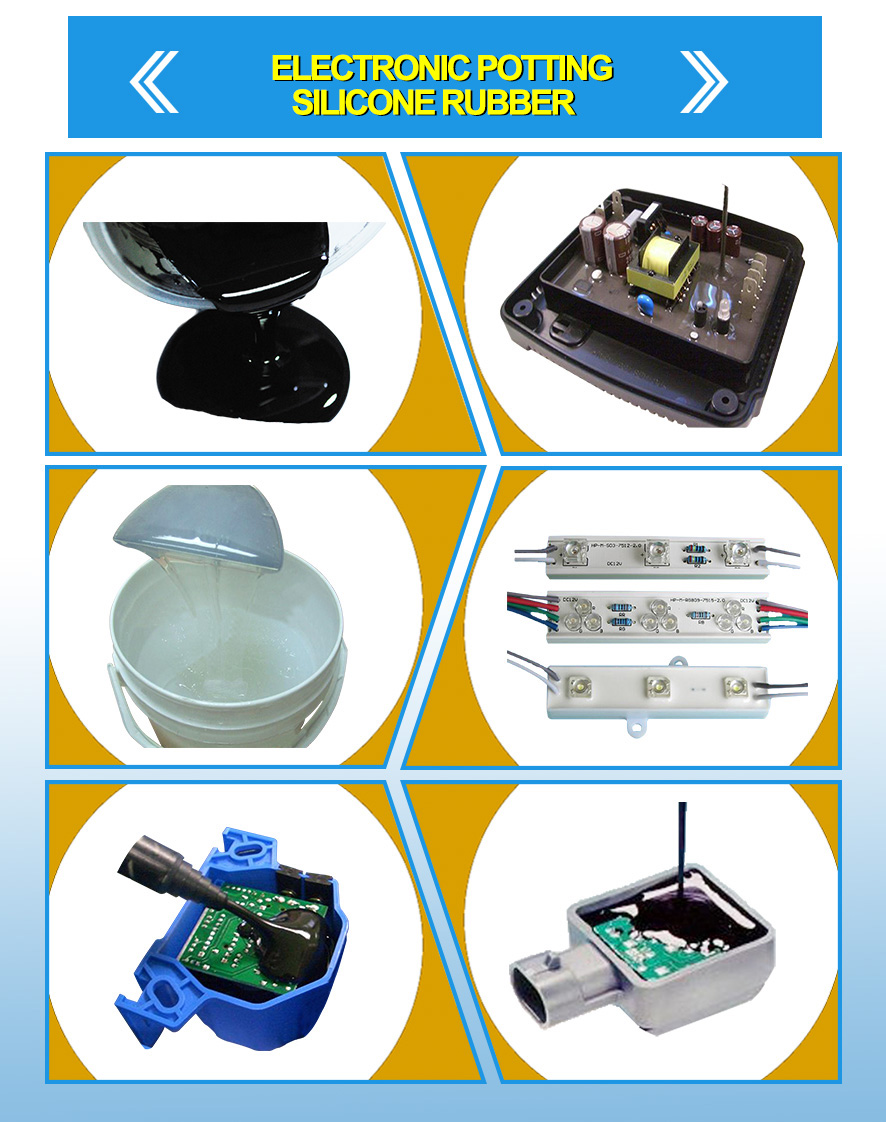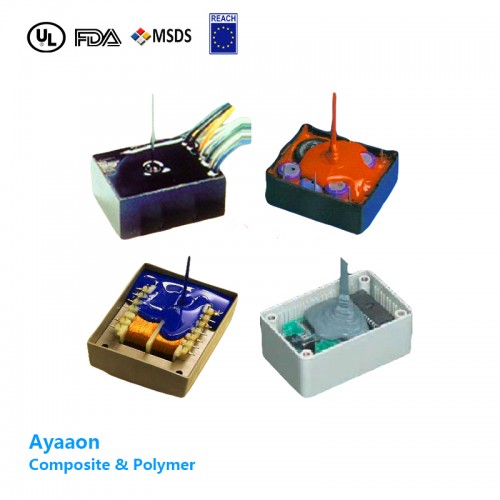Electronic Potting Compound
- Product Usage:In potting polymer material industry, there are three types of electronic potting compound for clients to choose, and AYAAON provides these three types of potting compound too: silicone potting, epoxy potting and polyurethane potting. Their main role is to protect the electronic components by bonding, sealing, potting and coating. However, what are the differences between these potting polymer, and how to choose the suitable one? Now let's join with AYAAON to see under what conditions these three electronic potting compound are suitable for use?
Description
In potting polymer material industry, there are three types of electronic potting compound for clients to choose, and AYAAON provides these three types of potting compound too: silicone potting, epoxy potting and polyurethane potting. Their main role is to protect the electronic components by bonding, sealing, potting and coating. However, what are the differences between these potting polymer, and how to choose the suitable one? Now let's join with AYAAON to see under what conditions these three electronic potting compound are suitable for use?
Firstly, we need to see the differences among epoxy resin potting compound, polyurethane potting compound and silicone rubber potting compound, let’s see their advantages and disadvantages

EPOXY RESIN POTTING COMPOUND
Advantages: Most epoxy resin potting are hard, and few modified epoxy resins are slightly soft. The major advantages of this material are good adhesion to the material, good insulation, and good acid and alkali resistance of the cured material. Epoxy resin is generally resistant to 100 ℃. The material can be used as a transparent material with good light transmission. The price is relatively cheap.
Disadvantages: the ability to resist cold and heat changes is weak, and cracks are easy to occur after being impacted by cold and heat, resulting in water vapor seeping into electronic components from the cracks, with poor moisture resistance; After curing, the colloid has high hardness and brittleness, and the electronic components are easily damaged by high mechanical stress; Once the epoxy resin is sealed and solidified, it cannot be opened due to its high hardness, so the product is a "lifetime" product, and the replacement of components cannot be realized; Transparent epoxy resin materials generally have poor weather resistance and are prone to yellowing under light or high temperature conditions.
Scope of application: generally used for electronics potting of non precision electronic devices such as LED, transformer, regulator, industrial electronics, relay, controller, power module, etc.
POLYURETHANE POTTING COMPOUND
Advantages: polyurethane potting compound has excellent low temperature resistance, is slightly soft compared to epoxy potting, and has good adhesion to general potting materials. The adhesion is between epoxy resin and silicone. It has good waterproof, moisture-proof and insulation properties.
Disadvantages: poor high-temperature resistance and easy to bubble, so vacuum deaeration must be adopted; After curing, the colloid surface is not smooth and has poor toughness. The anti-aging ability, seismic resistance and ultraviolet radiation are weak, and the colloid is easy to change color.
Scope of application: generally used for potting of electronic components with low heat. Transformer, anti current coil, converter, capacitor, coil, inductor, rheostat, linear motor, fixed rotor, circuit board, LED, pump, etc.
SILICONE POTTING COMPOUND
Advantages: The silicone potting compound is soft after curing, and has two forms: solid rubber and silicone gel, which can eliminate most of the mechanical stress and have the effect of shock absorption protection. Stable physical and chemical properties, good high and low temperature resistance, can work in the range of - 50~200 ℃ for a long time. Excellent weather resistance, it can still play a good role in protecting the outdoor environment for more than 20 years, and it is not easy to turn yellow. It has excellent electrical performance and insulation capacity. After potting, it can effectively improve the insulation between internal components and lines, and improve the use stability of electronic components. With the repair ability, the sealed components can be quickly and conveniently taken out for repair and replacement.
Disadvantages: slightly poor bonding performance.
Scope of application: suitable for electronic potting all kinds of high-end precision/sensitive electronic devices working in harsh environments. Such as LED, display screen, photovoltaic material, diode, semiconductor device, relay, sensor, automobile stabilizer HIV, on-board computer ECU, etc., which are mainly used for insulation, moisture-proof, dust-proof and shock absorption.




